As soon as I stepped off the plane at Hato International Airport, the warm tropical breeze and bright, pastel-colored buildings welcomed me. Now I understand why Curaçao slogan is “Feel It for Yourself.” I did feel not only the humid air but also the warmth of the people at the airport. Curacao warm and welcoming atmosphere, along with its rich culture and friendly locals, make it a popular choice for travelers seeking a unique Caribbean experience.
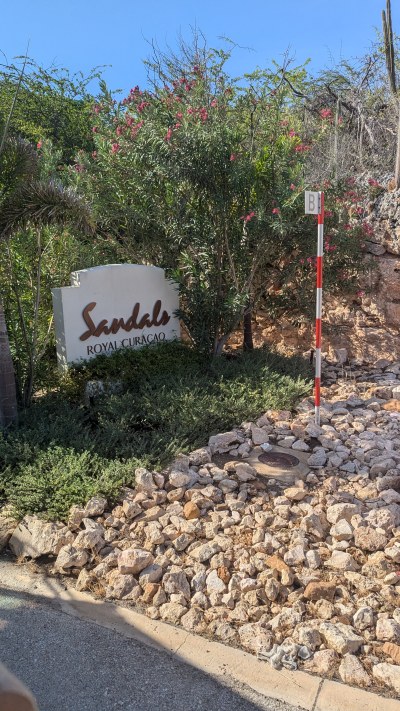
I visited Curacao for ASTA Caribbean Showcase 2024. The event was at the Sandals Curaçao Resorts from August 24-28, 2024. Let me dive into the enchanting vibes of Curacao and recount my vibrant 3-day adventure on this Caribbean gem. I travelled to the resort by bus on leaving the airport. Sandals Curaçao is situated conveniently on the Santa Barbara beach just inside the channels to Spanish waters. It is also near the lively Mambo Beach.
Curaçao
Curacao is an attractive destination and a unique Caribbean experience for tourists for a variety of reasons. The island boasts stunning white sandy beaches with clear turquoise waters perfect for swimming and diving. In addition, there is the colorful Dutch colonial architecture in Willemstad, the capital city. The city is a UNESCO World Heritage site and is a treat for history and architecture enthusiasts. Curacao also offers vibrant nightlife, delicious local cuisine influenced by its diverse population, and a range of outdoor activities such as hiking, snorkeling, and windsurfing.
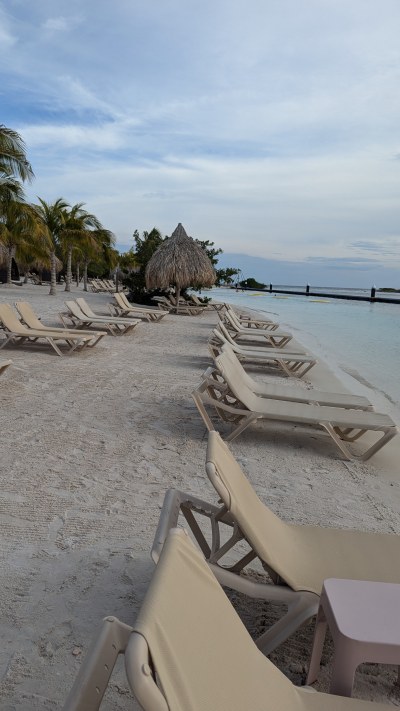
Curacao is a fascinating island in the southern Caribbean Sea. It is part of the group of Dutch islands called the ABC islands of the Caribbean. The island has a rich history shaped by colonization, trade, and cultural influences. The Arawak people originally inhabited the island. In 1499, the Spanish were the first European people to arrive on the island. It later fell under Dutch control in the 17th century. The Dutch established a settlement on the island, which grew prosperous through trade and agriculture.
History
One of the most prominent features of Curacao’s history is its role in the transatlantic slave trade. The island was a major hub for the trade, with thousands of enslaved Africans passing through its ports. In 1863, they abolished slavery in the Dutch Caribbean, leading to significant changes in Curacao’s society and economy. As a result, the island’s cultural landscape is a vibrant mix of Dutch, African, and indigenous influences.

Curacao, a beautiful island in the Caribbean, faces challenges when it comes to agriculture due to its arid climate and limited freshwater resources. The island’s terrain is rocky and not very fertile, making it difficult to grow crops successfully. Additionally, Curacao experiences irregular rainfall patterns, which further exacerbate the issue of water scarcity for agricultural purposes. The island is fortunate, it is not in the Caribbean hurricane belt. As a result, it does not benefit from the rain the storms provide. Despite these challenges, the island does have agricultural production, such as aloe vera, but it is not as prominent as in other more fertile regions. Instead, Curacao relies more heavily on tourism as its main economic driver. Tourist go to the island for a different unique Caribbean experience.
Today, Curacao is known for its colorful colonial architecture, beautiful beaches, and vibrant culture. Visitors can explore historic sites like Willemstad, the capital city, which is a UNESCO World Heritage site. The island’s rich history is evident in its museums, heritage sites, and annual events celebrating its diverse heritage.
Historic Willemstad
After a morning of classes, I headed to Willemstad, the island’s colorful capital. Wandering through the iconic Handel Kade waterfront, filled with brightly painted colonial buildings. Walking through the streets of Willemstad is like strolling through a vibrant and lively painting. It is a must-see for anyone visiting Curacao.

I would love to tell you about the colorful buildings in Willemstad. The reason the buildings have bright paint colors is interesting. Back in the 19th century, the then governor of the island, Albert Kikkert, suffered from severe headaches caused by the reflection of the sun on the white buildings. To solve this issue, he ordered all buildings painted in different vibrant colors. This not only reduced the glare but also gave Willemstad its iconic and charming colorful appearance. Interestingly, my guide jokingly said, “The joke of the bright colors was on the population.” He said, “The governor at the time was the biggest shareholder of the paint company that provided the paint.” No one knows if it was a genuine decision, or if the painting was for profit.
Floating Bridge
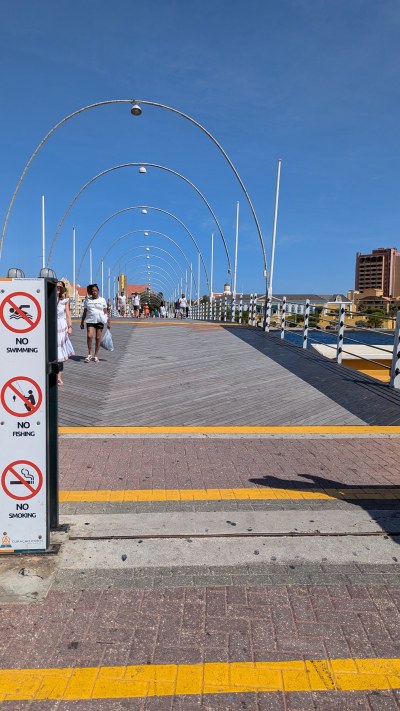
Another big attraction in Willemstad is the Queen Emma Bridge. I strolled across the floating Queen Emma Bridge. It is known as the “Swinging Old Lady.” It offers excellent photo opportunities. The floating bridge in Willemstad is such a unique Caribbean experience. It swings open to let ships pass through the St. Anna Bay. The bridge is bright and colorful and connects the two sides of the city – Punda and Otrobanda. It is a pedestrian bridge, so you can walk across it and enjoy the views of the vibrant buildings lining the waterfront. When the bridge opens, it creates a gap in the middle of the bay, giving you a cool opportunity to see boats going by. It is a must-see when you are in Willemstad.
Curaçao Liqueur Factory
I did a tour of the Curacao Liqueur Factory. It was a unique and exciting experience. The factory is in Willemstad, Curacao, and it offers visitors a chance to learn about the history and production process of the famous Blue Curacao Liqueur.
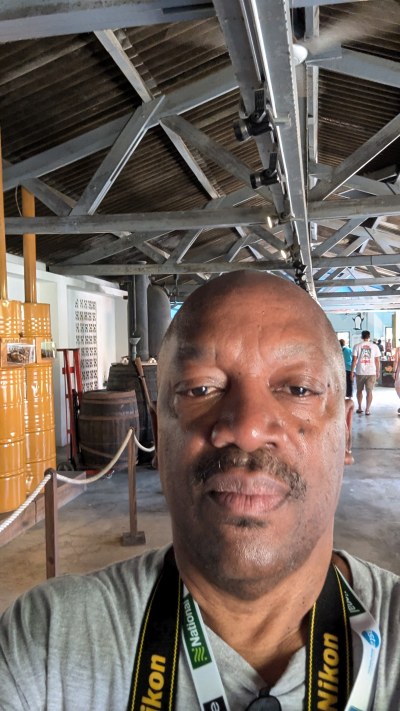
During the tour, I saw the distillation process and learnt about the different ingredients used in the production. I was fortunate to taste delicious liqueurs. My favorite flavors were tamarind and closely followed by chocolate. The vibrant liqueur colors and aromas of the factory captivated my senses. If you are interested in booking a tour of the Curacao Liqueur Factory, I can help you with that. Just let me know your preferred dates and any other specific preferences you might have.
The Pietermaai District in Curaçao
Pietermaai District is a vibrant and historic neighborhood located in Willemstad, the capital city of Curacao. It was once a wealthy residential area in the 18th century. Since, it fell into disrepair over the years but has since undergone significant revitalization. Now, it is a trendy district known for its colorful colonial-style buildings, boutique hotels, cafes, bars, and restaurants. You can experience the culinary delights in the hip Pietermaai District. Enjoy a delicious dinner at one of the area’s top-tier restaurants, savoring international and local flavors. It is an attracting both locals and tourists.
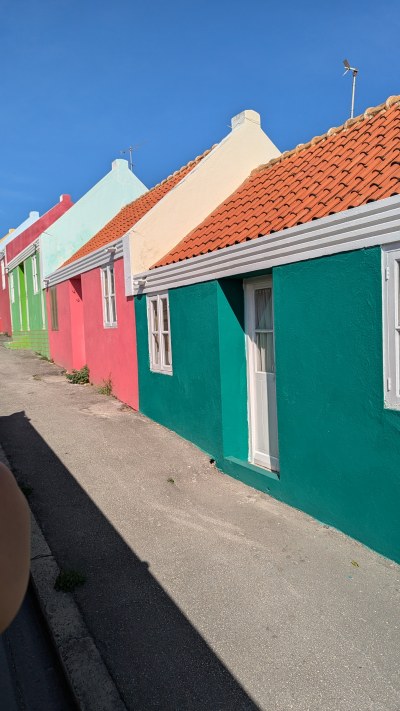
Pietermaai is a cultural hub, home to art galleries, live music venues, and creative spaces. The district’s atmosphere blends old-world charm with modern flair. That makes it a popular destination for those looking to explore the island’s history and enjoy its contemporary cultural scene. It is also situated close to Willemstad’s famous attractions, including the UNESCO-listed city center and the iconic Queen Emma Bridge.
I had a farewell dinner last evening, and it was a perfect blend of Caribbean and international dishes. I consider Curacao a blend of relaxation with adventure, history with modernity. Every moment here is an opportunity to create lasting memories. I cannot wait to help you plan your next tropical escape and have a unique Caribbean experience in Curaçao.
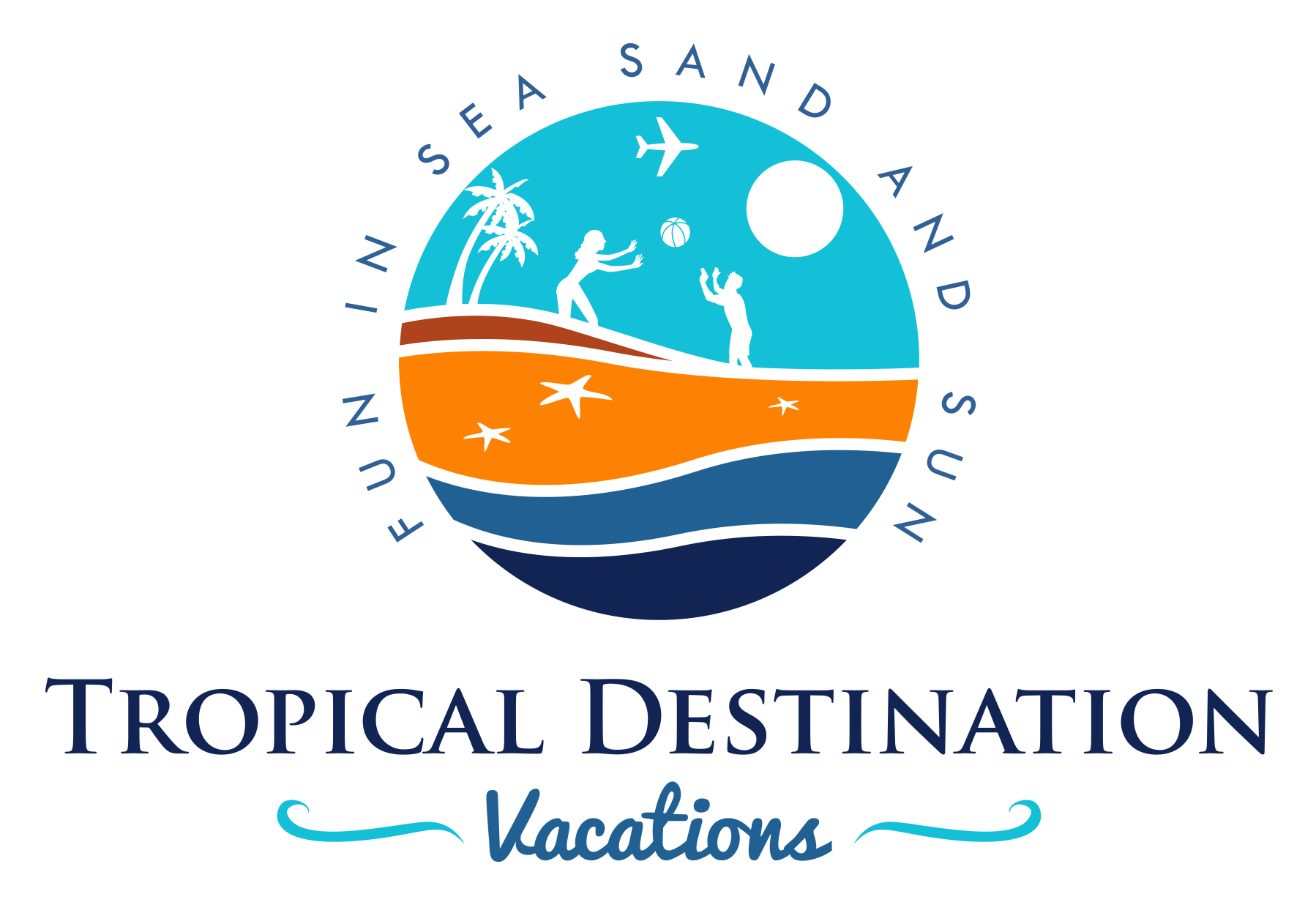
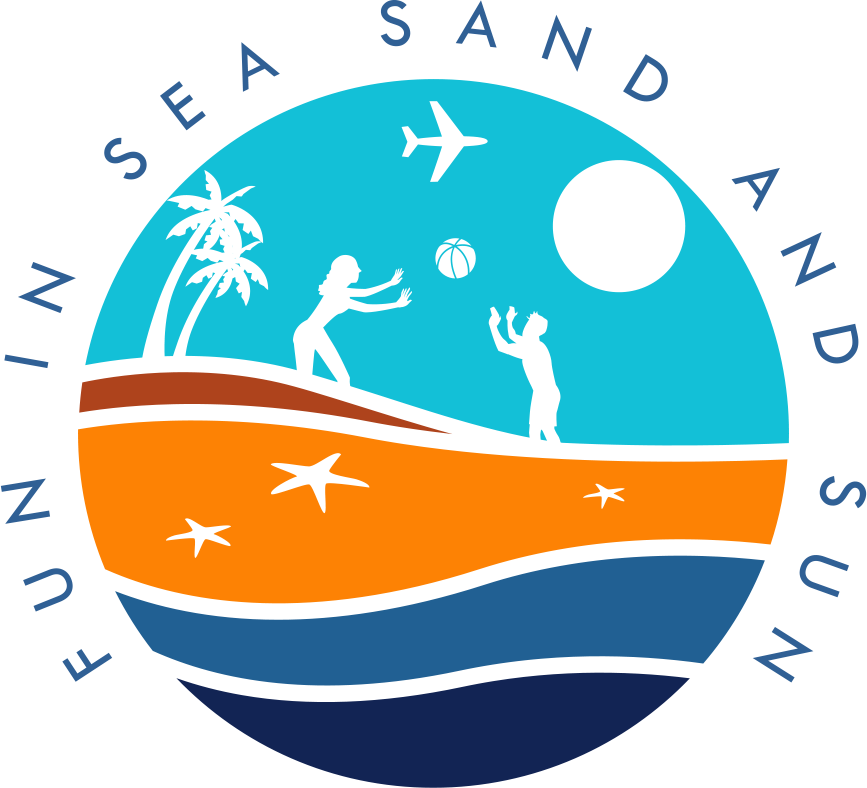
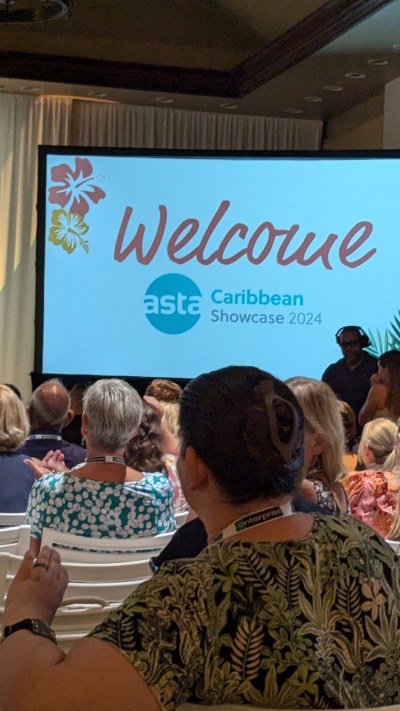
One Comment